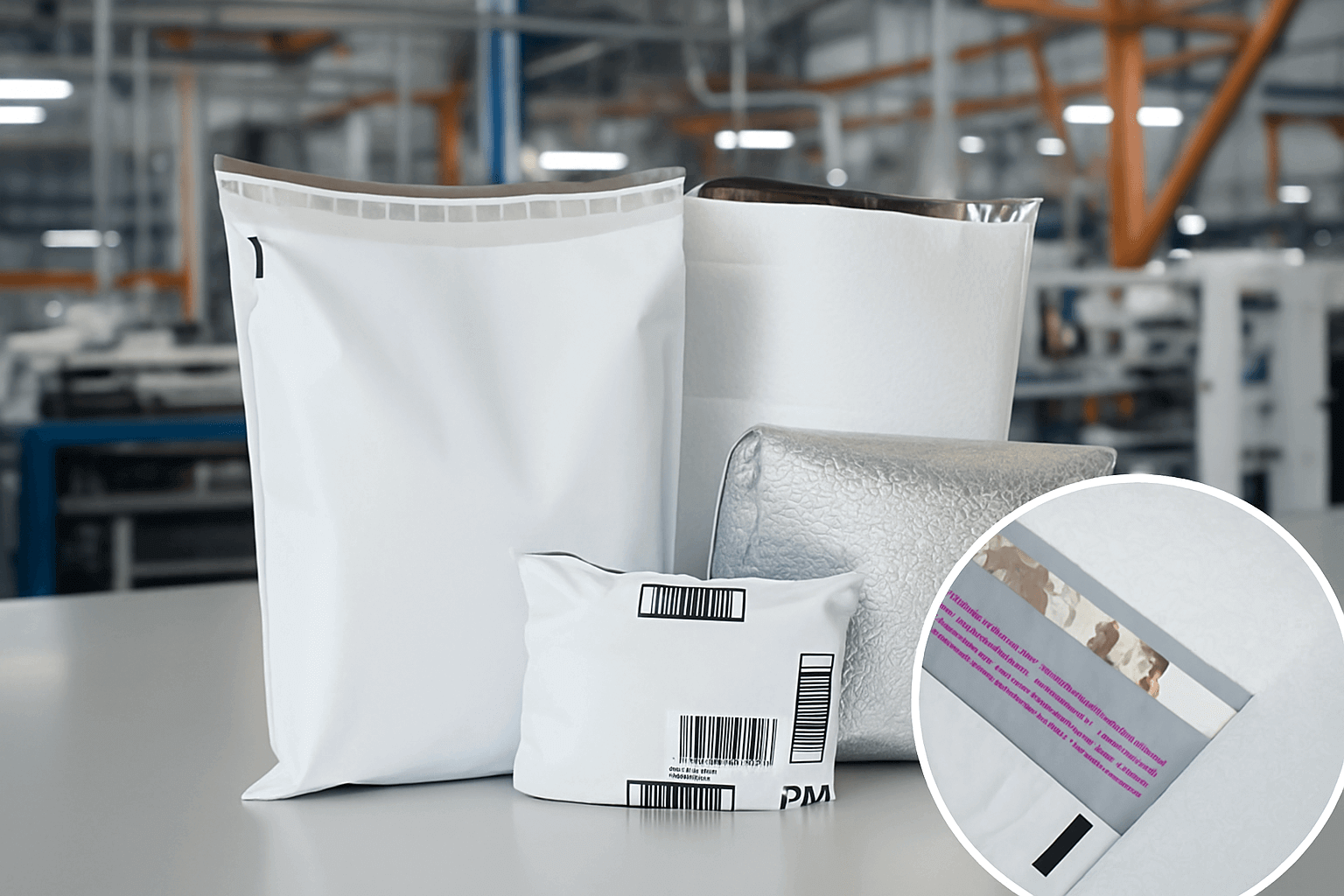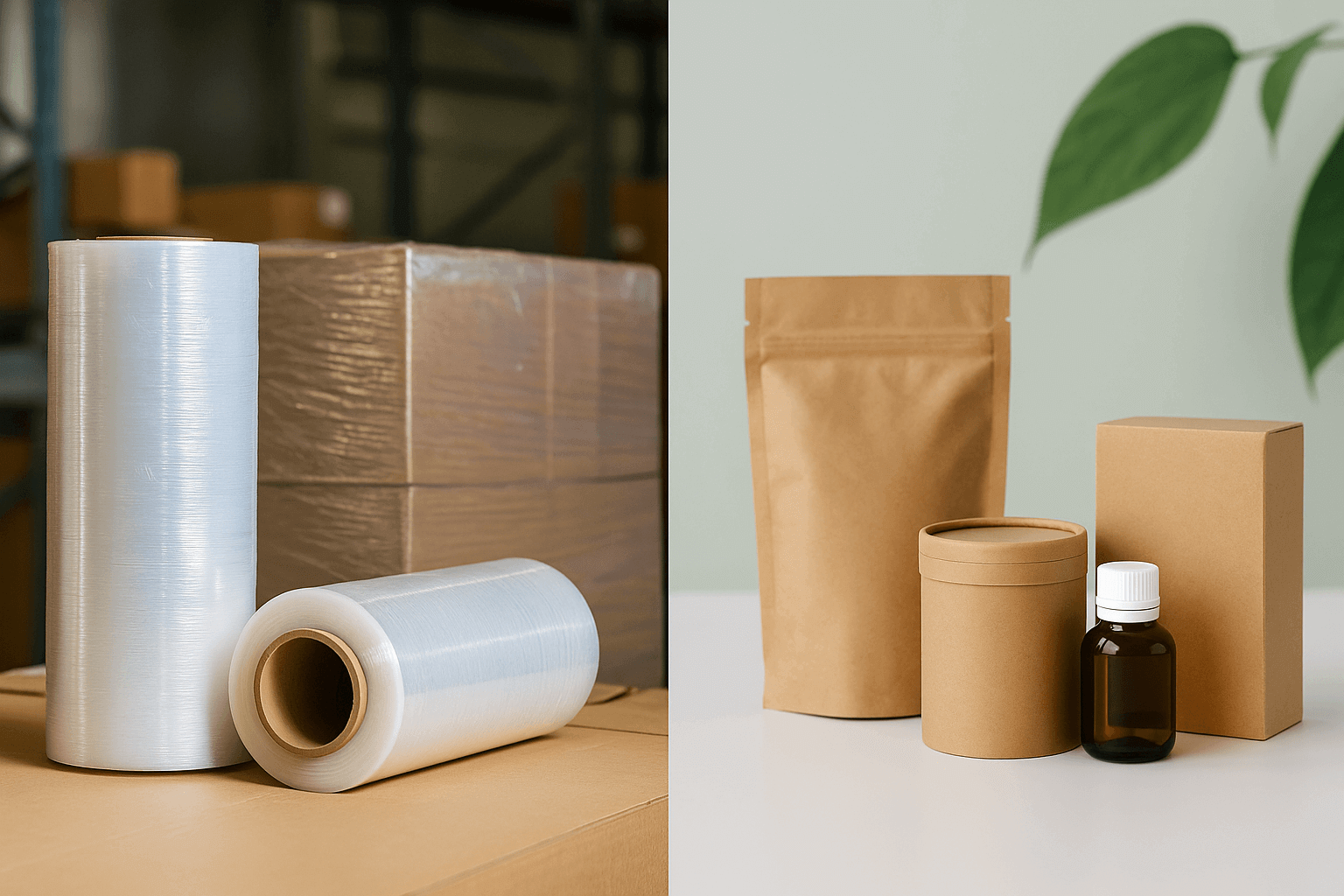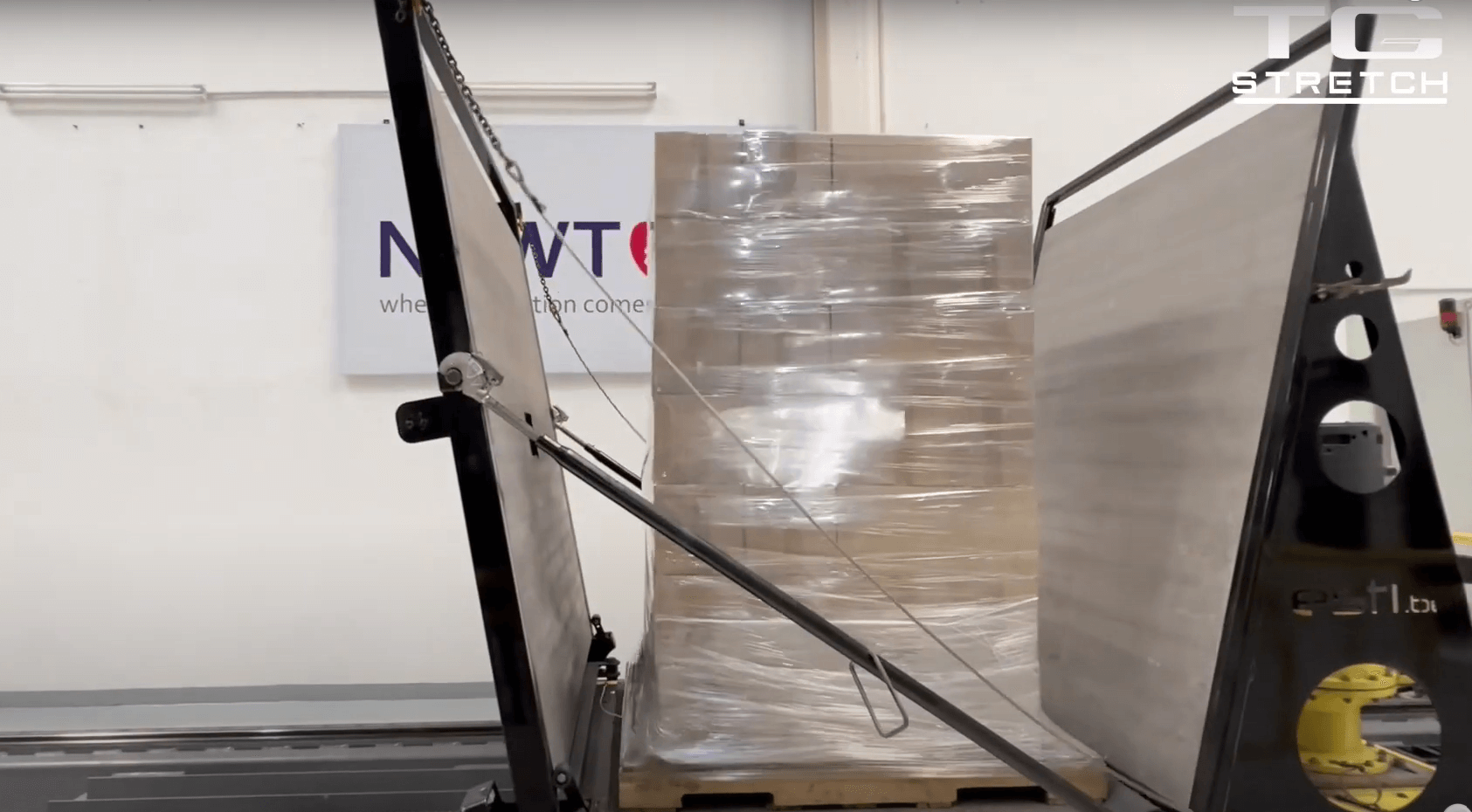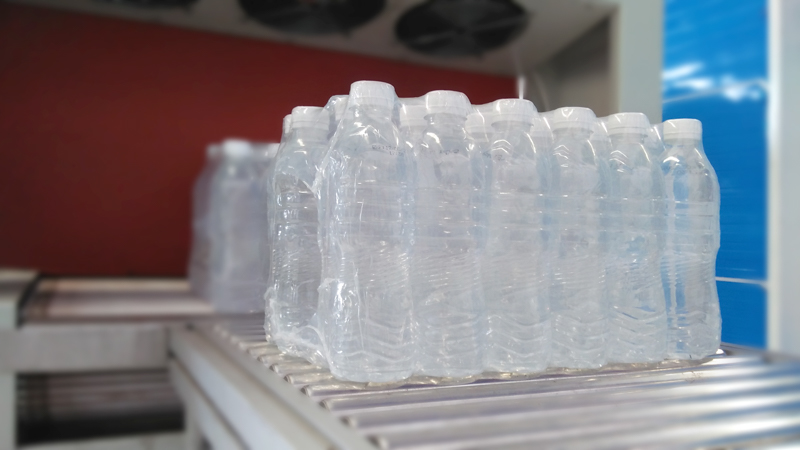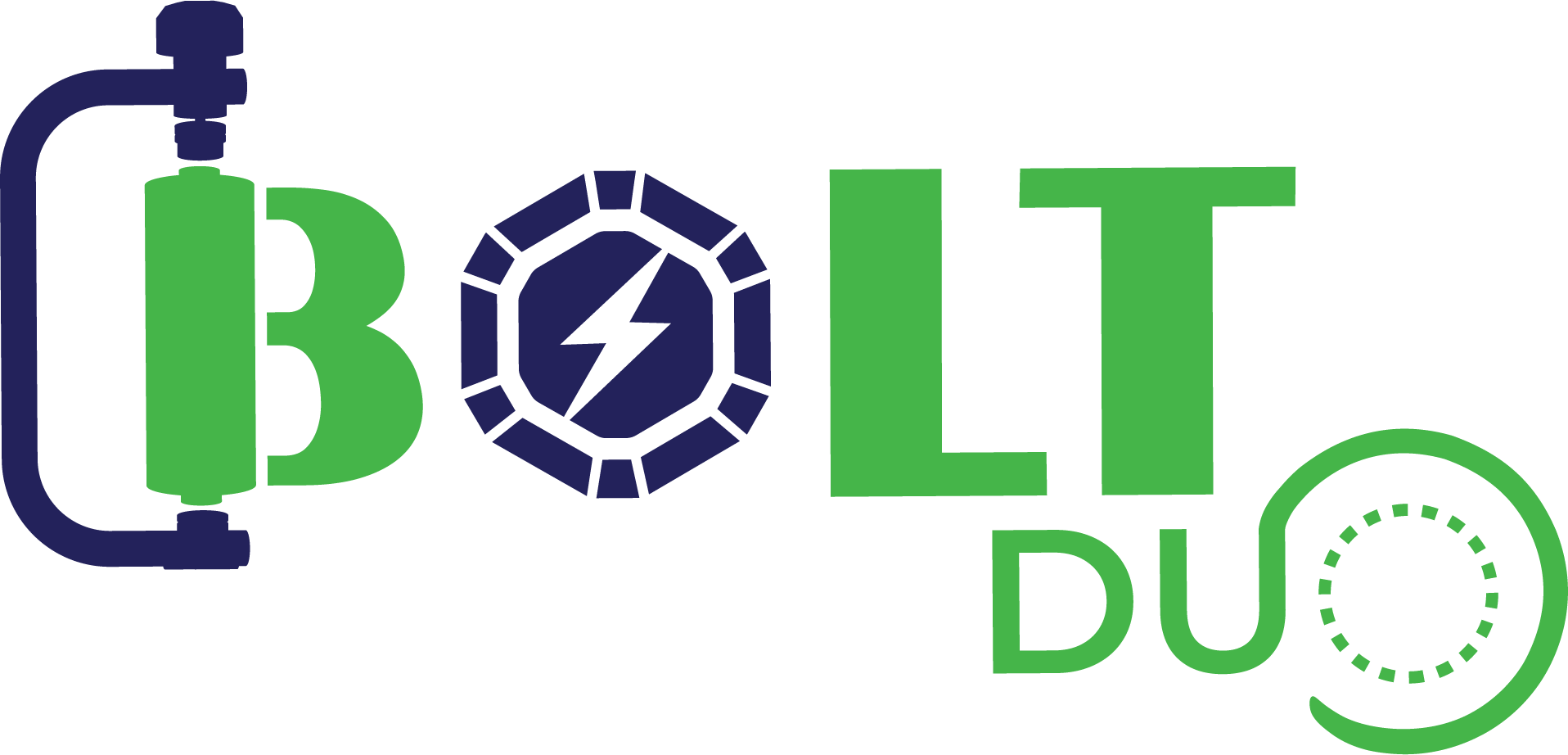In today’s fast-paced ecommerce industry, packaging is more than just a way to deliver products — it’s an extension of your brand. As competition grows, custom courier bags have become essential for businesses that want to stand out, protect their products, and build trust with customers.
Rather than relying on generic suppliers, ecommerce brands gain a strategic advantage when they collaborate directly with a courier bag manufacturer. Manufacturers offer greater flexibility, customization, and quality assurance, making them the ideal partner for long-term brand growth.
The Role of Courier Bags in Ecommerce
Courier bags are the backbone of ecommerce logistics. They are lightweight, durable, and designed to protect goods during shipping. Unlike boxes, courier bags save space, reduce shipping costs, and are easier to handle.
For ecommerce brands, courier bags serve two primary purposes:
- Practical Functionality – Keeping products safe, tamper-proof, and intact.
- Brand Visibility – Serving as a mobile marketing tool that reflects the company’s identity.
By investing in custom courier bags, businesses can elevate their packaging beyond the standard, leaving a memorable impression on customers.
Why Work with a Courier Bag Manufacturer?
Choosing a courier bag supplier may provide convenience, but working directly with a manufacturer offers deeper benefits:
1. Customisation Options
Manufacturers can design bags to your exact specifications, including size, thickness, material, colour, and printing. This ensures your packaging aligns perfectly with your products and brand message.
2. Better Quality Control
By sourcing directly, brands gain assurance that every courier bag meets industry standards. Manufacturers perform strict quality checks to ensure durability, tamper resistance, and secure adhesives.
3. Cost Efficiency in Bulk Orders
Manufacturers typically offer better pricing for bulk orders compared to resellers, lowering packaging costs while maintaining quality.
4. Access to Advanced Materials
Manufacturers are at the forefront of innovation, offering eco-friendly options such as recyclable or biodegradable materials, which are increasingly important to sustainability-focused ecommerce brands.
5. Consistency and Reliability
With direct communication and production oversight, brands can rely on consistent supply, timely delivery, and packaging that matches their evolving needs.
Key Benefits of Custom Courier Bags
Custom courier bags provide practical and branding advantages that generic packaging cannot match:
- Brand Identity – Logos, colours, and designs make your packaging instantly recognisable.
- Enhanced Customer Experience – Branded packaging creates excitement and professionalism upon delivery.
- Tamper-Proof Security – Custom bags can include strong adhesives and security features to prevent tampering.
- Right-Sized Packaging – Avoids unnecessary bulk, reducing shipping costs and waste.
- Sustainability Options – Recyclable and biodegradable materials appeal to eco-conscious customers.
Courier Bag Manufacturer vs. Generic Supplier
Aspect | Courier Bag Manufacturer | Generic Courier Bag Supplier |
Customisation | High – tailor size, colour, design, material | Limited – standard sizes and designs only |
Quality Control | Strict checks during production | Varies, depending on sourcing |
Pricing | Competitive in bulk orders | Convenient for small batches, but higher costs long-term |
Material Options | Eco-friendly and advanced material innovations | Mostly standard plastics |
Supply Consistency | Reliable, with direct manufacturer communication | May face stock shortages or delays |
What This Means for Ecommerce Brands
Partnering with a courier bag manufacturer gives brands more flexibility and reliability. You get full control over design, stronger quality checks, and access to eco-friendly materials that align with modern customer expectations. Bulk orders also bring better long-term cost savings.
On the other hand, working with a generic courier bag supplier may suit smaller businesses or low-volume orders, but options are limited. Quality can vary, costs may add up over time, and stock availability isn’t always guaranteed.
👉 In short: manufacturers are the best choice for scalable, branded, and sustainable ecommerce packaging, while suppliers are more suited for short-term or basic needs.
Why Flexible Packaging Matters for Ecommerce
Unlike rigid packaging, courier bags provide flexibility that suits ecommerce businesses:
- Adaptable to Multiple Products – Clothing, accessories, documents, and non-fragile goods ship easily in courier bags.
- Lightweight and Cost-Saving – Reduces overall shipping expenses compared to boxes.
- Durable for Long Journeys – Protects products from moisture, dirt, and handling damage.
For ecommerce brands that ship hundreds or thousands of parcels each month, the right courier bag makes a significant difference in both cost and customer satisfaction.
Practical Considerations When Choosing a Courier Bag Manufacturer
If you’re considering custom courier bags, here’s what to look for:
- Material Strength
Look for courier bags that are tough, tear-resistant, and waterproof. Strong materials ensure your products remain safe from handling damage, rain, or rough shipping conditions during transport. - Adhesive Security
A strong self-sealing adhesive is vital to prevent tampering and theft. Reliable seals reassure customers that their parcel is intact, improving both safety and trust in your ecommerce brand. - Custom Printing
High-quality printing allows your logo, tagline, and branding to appear sharp and professional. This transforms courier bags into marketing tools, reinforcing brand recognition and creating a memorable customer experience. - Eco-Friendly Options
Modern shoppers value sustainability. Opt for recyclable or biodegradable courier bags that reduce environmental impact, support your green initiatives, and appeal to eco-conscious customers who prefer brands with responsible practices. - Bulk Order Capacity
Choose a manufacturer capable of handling large-scale production while ensuring consistent quality. Reliable bulk supply prevents delays, supports seasonal spikes, and helps you plan packaging needs efficiently as your business grows.
Thong Guan Advantage – Custom Printed Bags for Your
At Thong Guan, we understand the growing demands of ecommerce. Our custom courier bags are designed to provide:
- Strong, secure adhesives to ensure product safety.
- Custom sizes and branding options to enhance visibility.
- Eco-friendly materials to support sustainability initiatives.
- Bulk order capabilities for brands of all sizes.
By partnering with a trusted courier bag manufacturer, ecommerce businesses can reduce risks, cut costs, and deliver a superior unboxing experience to customers.
Conclusion
In ecommerce, packaging is more than protection — it’s a statement of your brand’s professionalism and care. By working directly with a courier bag manufacturer, you gain greater control over quality, branding, and sustainability, setting your business apart in a competitive market.
👉 If you’re ready to elevate your packaging, explore Thong Guan’s retail & ecommerce solutions today — and give your customers an experience they’ll remember.

